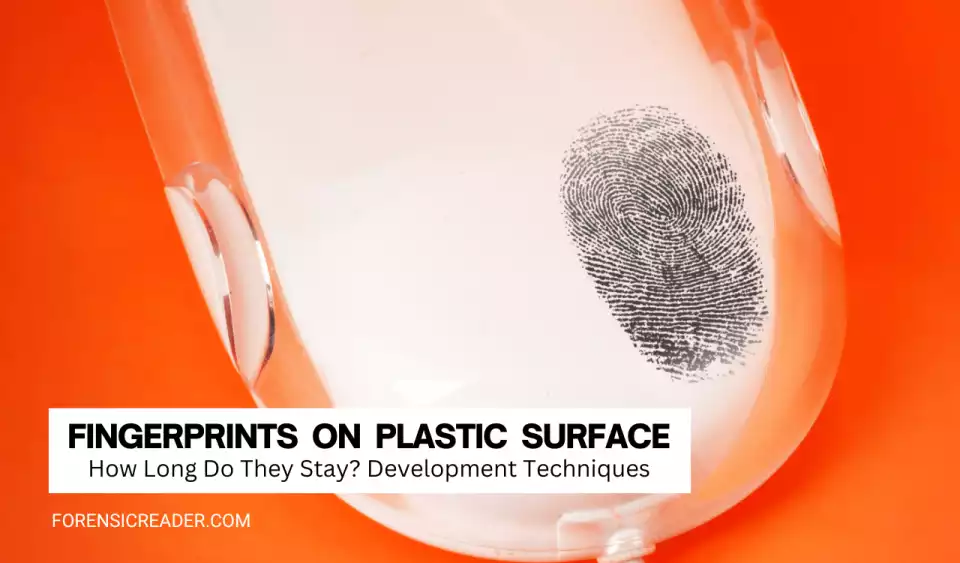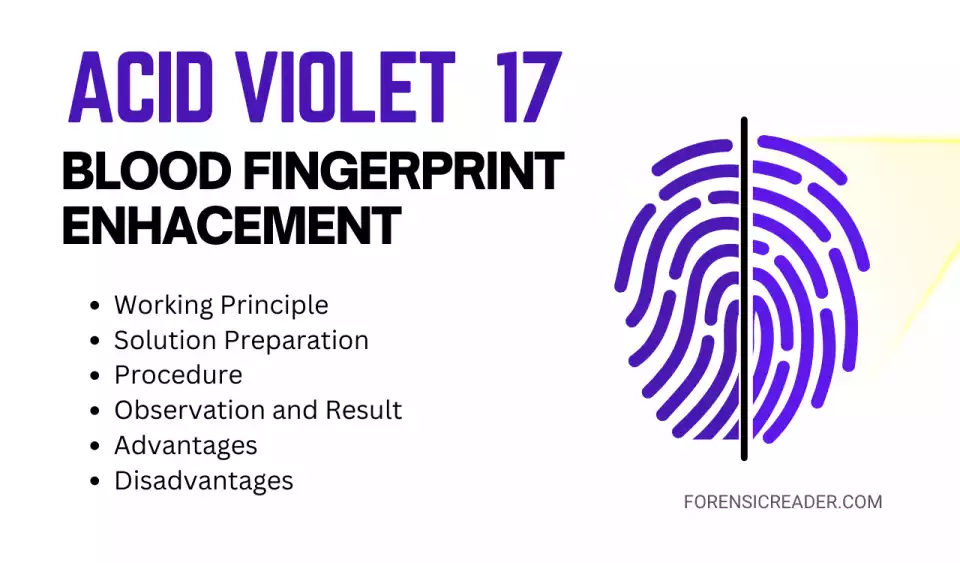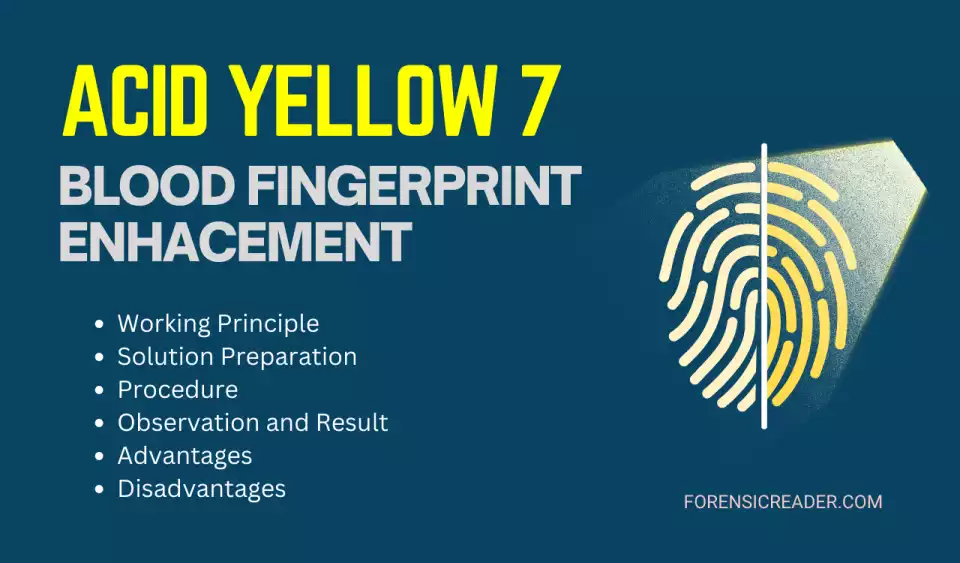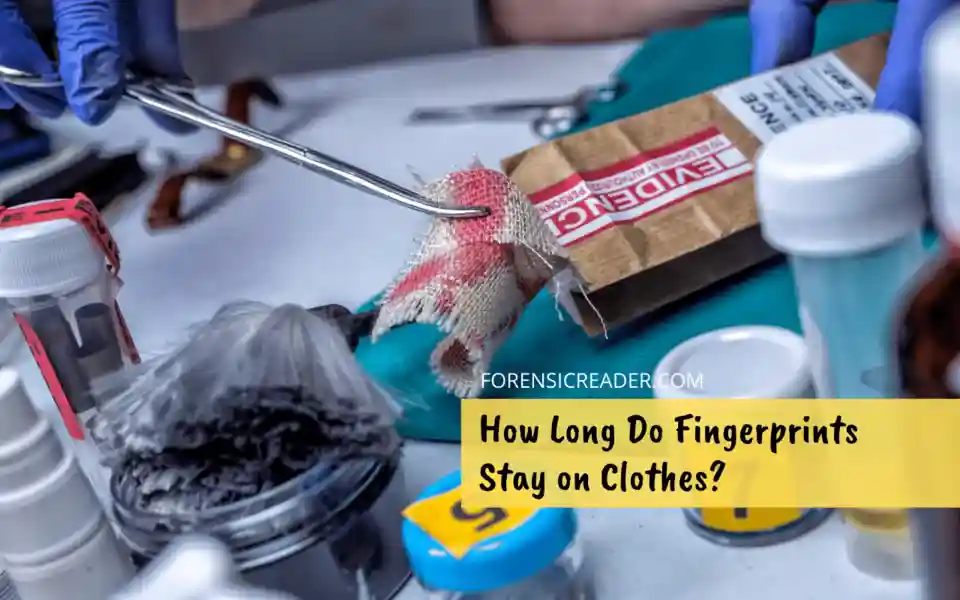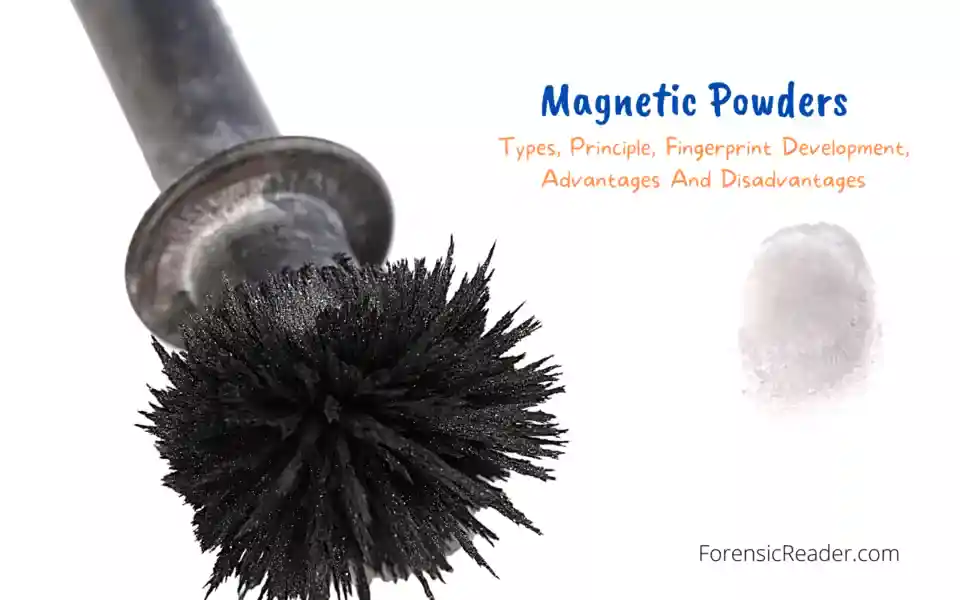Latent Fingerprints on Human Skin: How Long They can be found? And Their Development
Is it possible to Find Fingerprints on Human Skin and Body? When and When Not? Fingerprints can also be found on human skin but many forensic experts believed their development to be a challenging task. They are usually latent (not seen naked eye), and rarely visible (from blood, dirt, paint, etc.) marks. Though skin is […]
Latent Fingerprints on Human Skin: How Long They can be found? And Their Development Read More »


